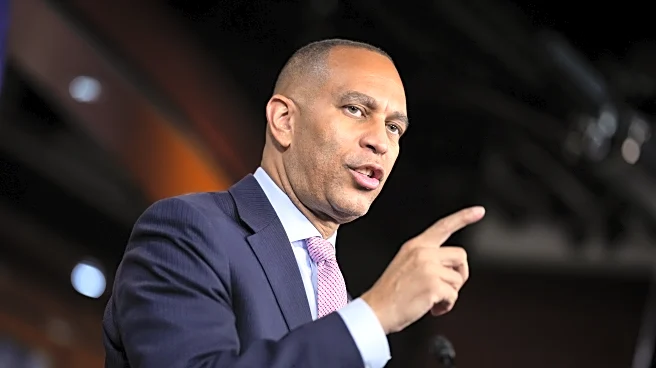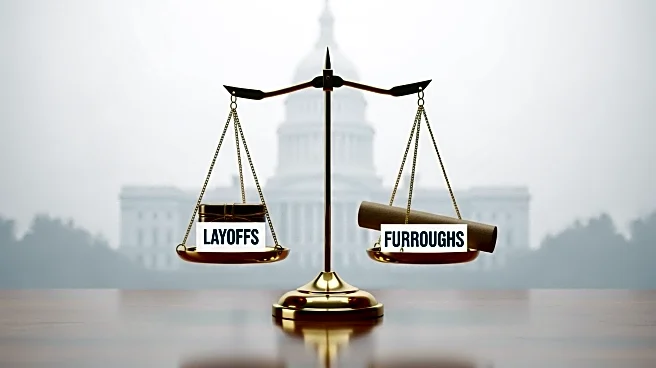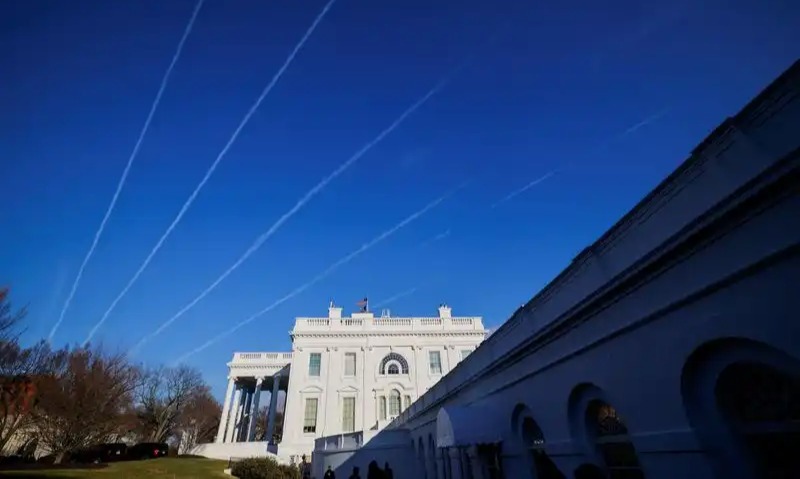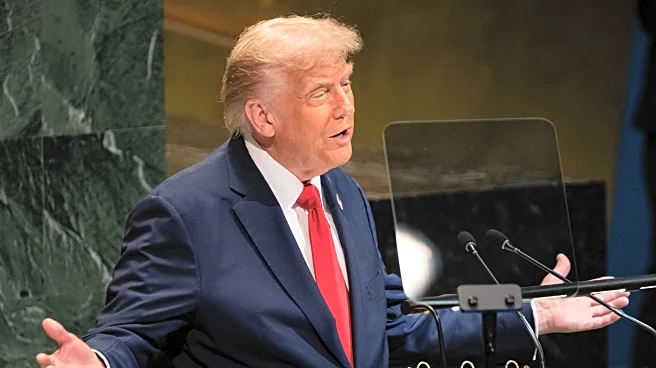What's Happening?
President Trump is scheduled to meet with congressional leaders at the White House to discuss a funding bill aimed at preventing a government shutdown. The federal government is set to run out of money at midnight on October 1, marking the end of the fiscal year. The meeting comes after a short-term funding bill passed by House Republicans failed in the Senate due to a Democratic filibuster. Senate Democrats are leveraging their position to demand reversals on cuts to Medicaid and Obamacare subsidies. The Trump administration has warned of potential layoffs and program cuts if a shutdown occurs.
Why It's Important?
A government shutdown would have widespread effects, disrupting 'non-essential' services such as national parks and potentially leading to layoffs of government employees. Essential services like the military and law enforcement would continue to operate. The shutdown threat highlights ongoing partisan conflicts over budget priorities, particularly concerning healthcare funding. The situation underscores the challenges in achieving bipartisan agreements in a polarized political environment.
What's Next?
If Congress fails to reach a funding agreement, the government will enter its 15th partial shutdown since 1981. The meeting between President Trump and congressional leaders is crucial for negotiating a bipartisan spending agreement. Democrats have expressed willingness to negotiate, emphasizing the need to address healthcare funding issues. The outcome of these discussions will determine whether a shutdown can be avoided.
Beyond the Headlines
The potential shutdown raises questions about the stability of federal operations and the impact on public trust in government. It also highlights the broader implications of political gridlock on effective governance and the ability to address critical issues like healthcare and social services.












